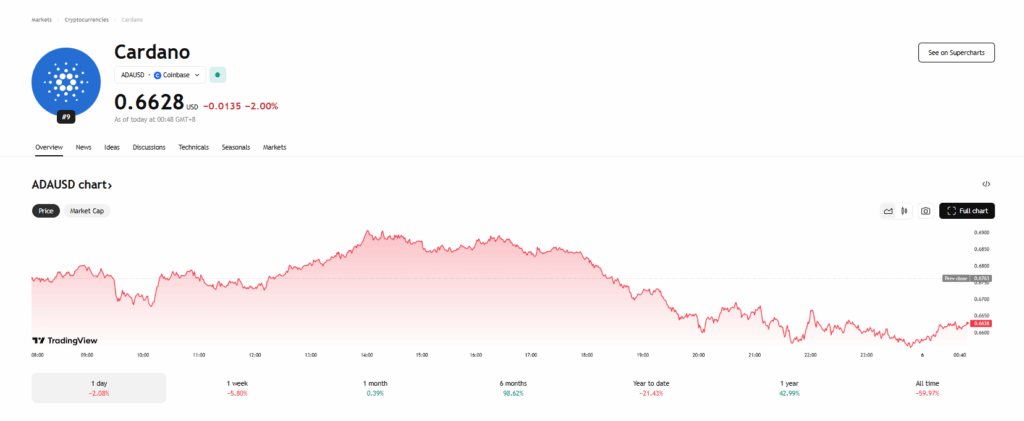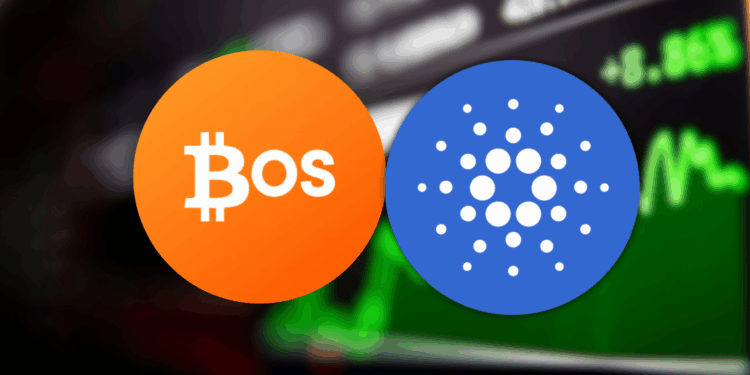- BitcoinOS completed a bridgeless BTC-to-Cardano round-trip using a new programmable token called xBTC.
- The transfer used zero-knowledge proofs instead of custodians, aiming to solve cross-chain security issues.
- Some in the Bitcoin community worry expanded functionality could shift BTC away from its original purpose.
In what they’re calling a crypto first, the team behind BitcoinOS (BOS) just pulled off a cross-chain transfer of 1 BTC to Cardano… and back again. No bridges. No middlemen. Just code. According to BOS devs, the whole round-trip was done without relying on any of the traditional bridging infrastructure—something they’re labeling a “bridgeless cross-chain transfer.” Big claim, but also kind of a big deal.
BTC, but with more “magic”
“People don’t really use Bitcoin for anything beyond basic transactions—not because they love simplicity, but because there just haven’t been any real options,” said Edan Yago, co-founder at BOS, in an interview with Decrypt.
Yago argues Bitcoin’s still the most valuable asset in crypto, but it’s stuck in the past compared to blockchains like Ethereum and Solana, where programmable features are the norm. That’s where BitcoinOS comes in—it’s trying to unlock all that dormant potential. “This is internet money,” Yago said, “but now with more magic.”
How they did it: xBTC takes flight
So how did they actually pull this off? It started with locking 1 BTC directly on the Bitcoin blockchain. That BTC was then wrapped and minted into a new token called xBTC—a programmable asset with cryptographic proof tied to the original coin.
xBTC was then sent over to the Cardano network via Sundial Protocol, a hybrid Bitcoin/Cardano L2. From there, it passed through Handle, Cardano’s on-chain ID platform, before making its way back to Bitcoin, where it was burned and unwrapped—restoring it to plain ol’ BTC.
What’s different here isn’t just that the token got moved—it’s how. BOS claims their method skips custodians entirely and secures the transfer using zero-knowledge proofs (ZKPs). That’s a major upgrade from older wrapped BTC models launched back in 2019.
Why this matters (and why some folks aren’t thrilled)
Bridges have been a weak spot in crypto for a while now—between 2022 and today, bridge hacks have drained over $2 billion from the ecosystem. So the idea of moving crypto across chains without a bridge? That’s gonna turn heads.
Still, not everyone’s sold. Some Bitcoiners worry this kind of move shifts Bitcoin too far from its original purpose. There’s even heated debate around proposals like removing OP_RETURN limits to allow more data (like images and text) to live on Bitcoin’s chain. Critics think it’s the beginning of a slippery slope into altcoin territory.
Yago, though, doesn’t see it that way. He says the BOS approach actually strengthens Bitcoin’s value. “We’re adding functionality, not compromising security,” he explained, pointing to their BitSNARK zero-knowledge system, which they open-sourced in March and demonstrated live on mainnet last year.

The bigger picture
Whether this cross-chain demo marks a true shift in how Bitcoin is used—or just a clever proof of concept—is still up for debate. But one thing’s clear: BOS isn’t waiting for permission. They’re pushing forward, trying to reshape how Bitcoin fits into the broader crypto world.














